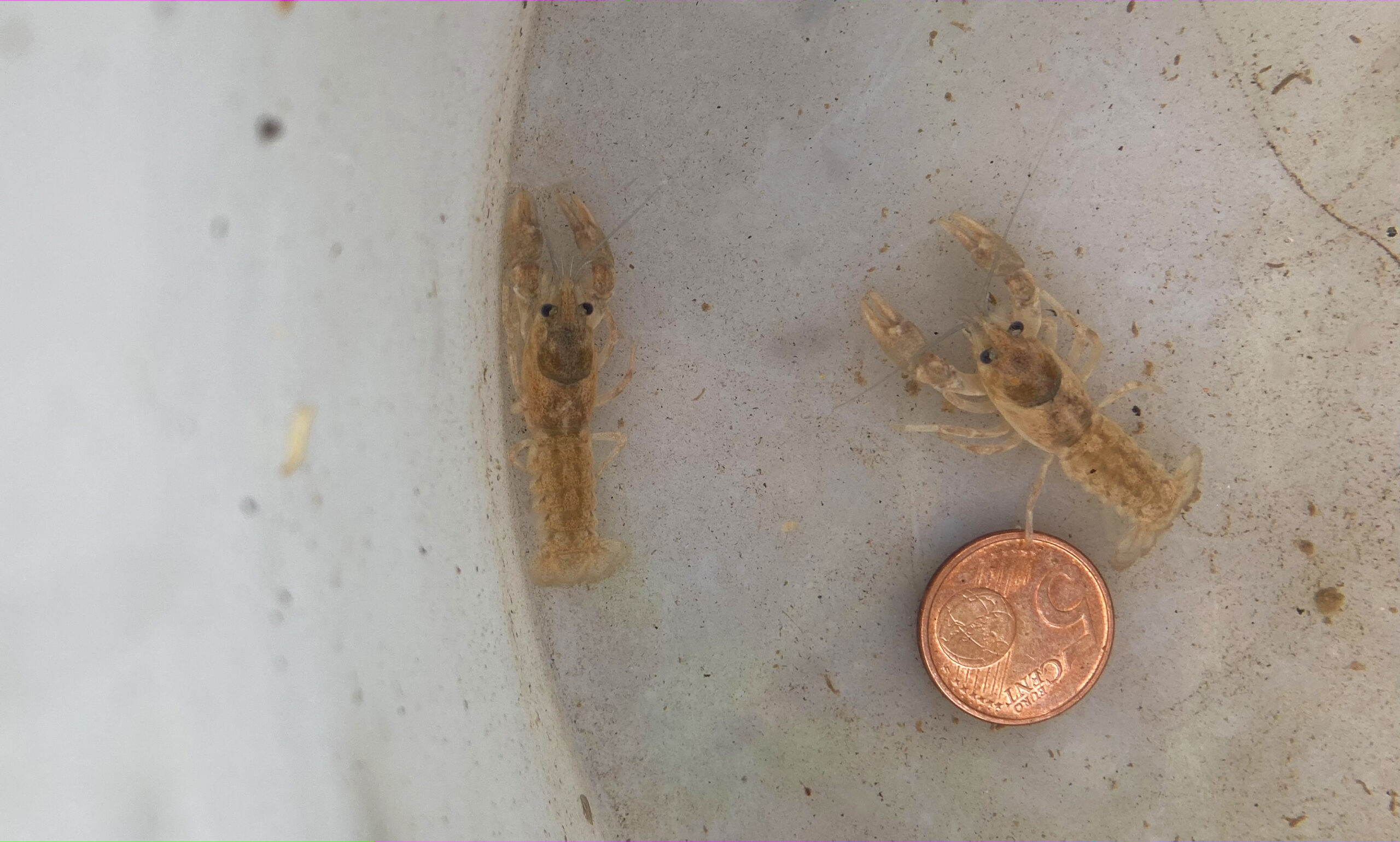Thanks to the Rewilding Apennines commitment and the nature resilience, the Verde River at Borrello is slowly repopulating of crayfish.
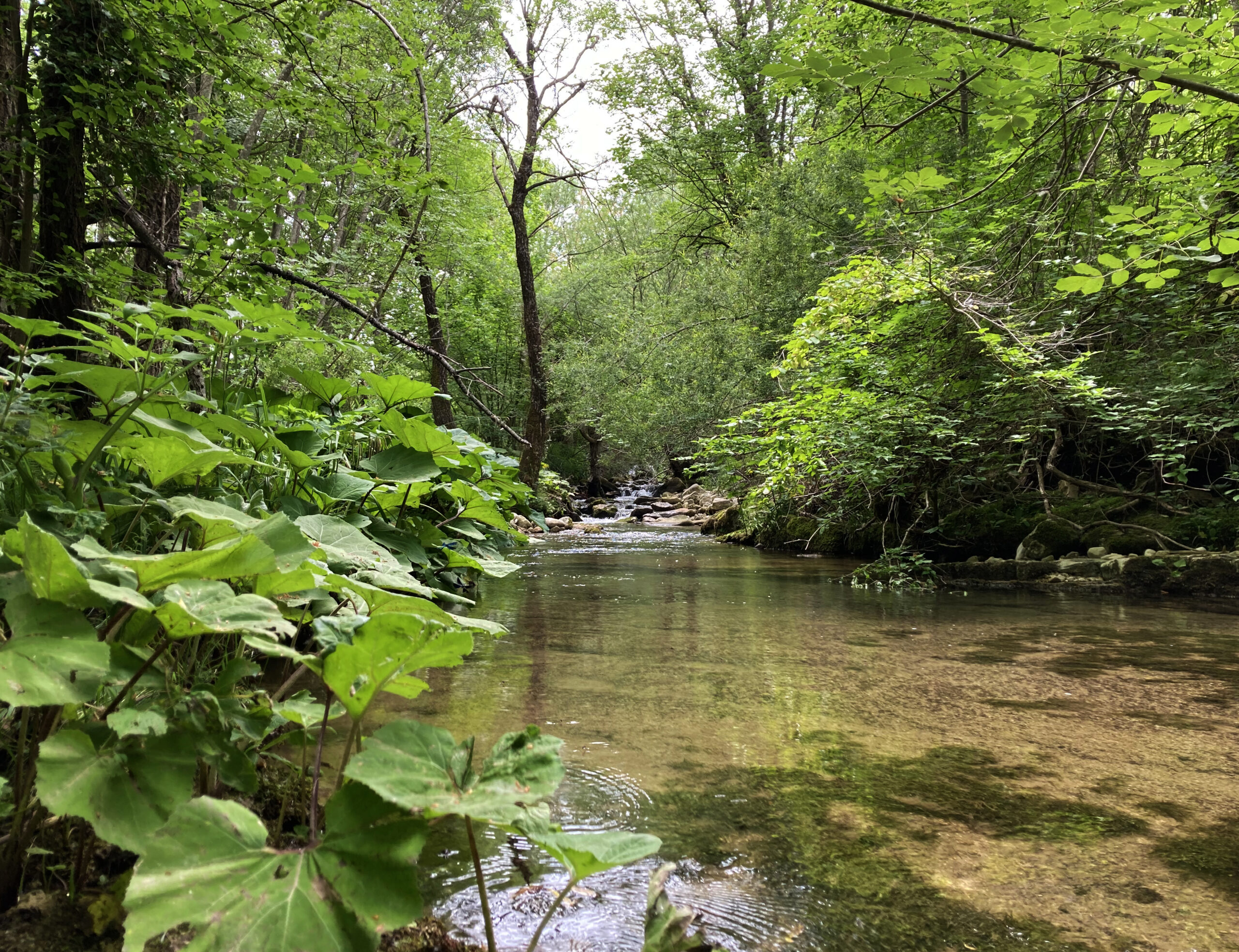
The white-clawed crayfish (Austropotamobius italicus meridionalis) is a keystone species of river environment, it is endemic of Central Apennines and it is endangered mainly because of the crayfish plague, the competition with other alien crayfish species, the habitat fragmentation, and climate change further threatens the species.
One year after the memorandum of understanding between Rewilding Apennines and the Municipality of Borrello was signed to co-manage the white-clawed cray breeding center, the operations to preserve the species are carrying on, thanks to the sponsor of Fondation Ensemble and the passionate work of the local enterprise Mi.Giu.Mi Snc and the expert Giuseppe Di Renzo.
In fact, during this summer the operations are carrying on to release the white-clawed crayfish preserved in the breeding center, which is open to visits during the whole year by contacting the cooperative (migiumisnc@gmail.com; +39 327 8520409), in the Nature Regional Reserve and WWF Oasis Cascate del Verde. In June, 27 little crayfish born last year were released.
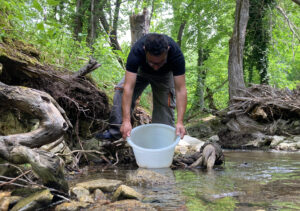
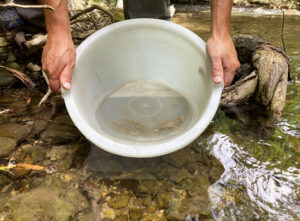
Even the new generation of crayfish seems to be promising: 39 female crayfish kept the eggs on their abdomens and a few weeks ago all the eggs hatched. Now the tanks of the breeding center swarm of hundreds of little crayfish that can grow undisturbed!
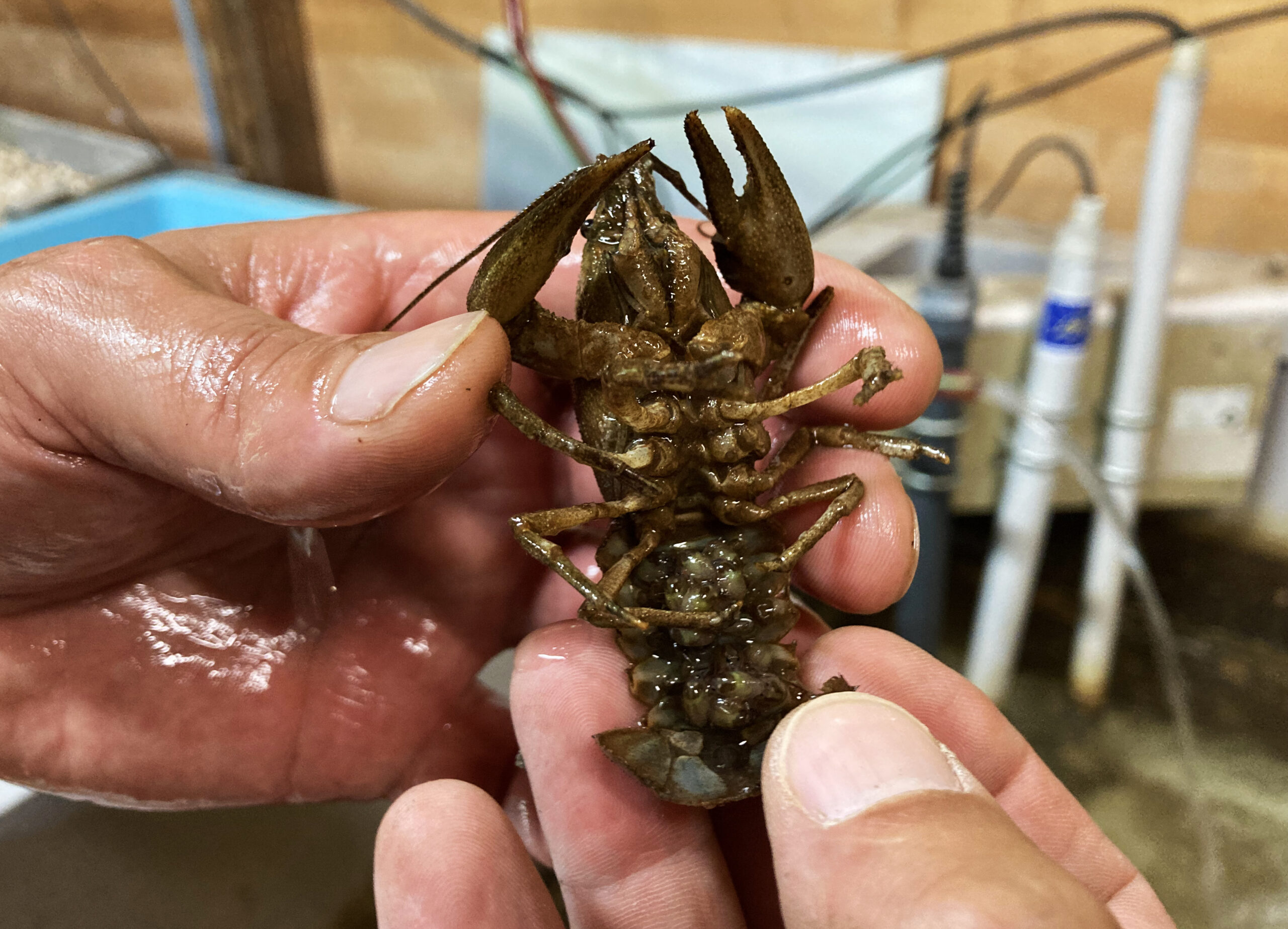
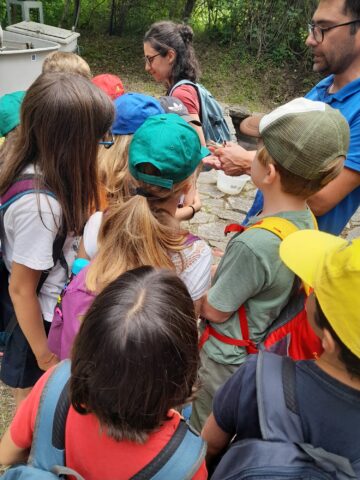
Moreover, the education and dissemination activities led by a specialized staff are going on, by allowing the raise of awareness about the fragile balances that regulate the river ecosystem and the key ecological role that the white-clawed crayfish plays in the trophic network.
The end of summer will be the ideal moment to monitor the river and check whether the crayfish are repopulating it for the effect of the releases carried on in the last years: around 700 crayfish were restocked in the river from 2014 to date. In this way, it will be possible to verify if the active rewilding is producing the desired results.
Although the numbers for this season are not so large, they still give hope that the crayfish will slowly return to spread, especially if we consider that not even 10 years have passed since, in 2013, the crayfish plague almost exterminated the species in many rivers and streams of the Central Apennines!
